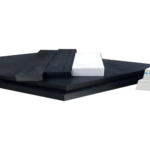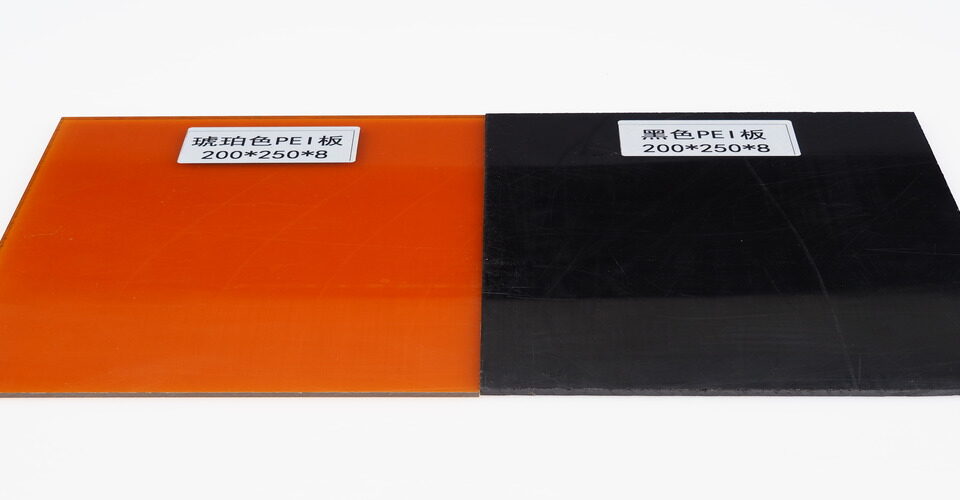
Is PET Plastic Safe for Humans?
December 4, 2024
What are the Benefits of PCTFE Plastic?
December 5, 2024Polyvinyl Chloride, commonly known as PVC, is a synthetic plastic polymer widely used in various industries. It is made from the polymerization of vinyl chloride monomers, a chemical derived from chlorine and ethylene. PVC is versatile, durable, and cost-effective, making it one of the most commonly used plastics globally.
Properties of PVC
PVC has several important properties that contribute to its widespread use. It is strong, rigid, and resistant to chemicals, weathering, and abrasion. Additionally, it is lightweight, making it an ideal material for a variety of applications, from pipes to flooring. PVC can also be manufactured in flexible forms, which further expands its utility.

Types of PVC
There are two main types of PVC: rigid and flexible. Rigid PVC is commonly used for plumbing pipes, windows, and doors due to its strength. Flexible PVC is often used in applications like electrical cables, medical tubing, and flooring, where the material needs to be more pliable.
Applications of PVC
PVC is used in a wide range of industries, including construction, healthcare, automotive, and consumer goods. Its most common use is in the construction of pipes and fittings, but it is also found in flooring, clothing, credit cards, and toys. The material’s versatility allows it to be adapted for a vast array of products.
Environmental Impact and Recycling
While PVC is highly durable, its environmental impact has been a topic of concern. The production and disposal of PVC can release harmful chemicals. However, PVC is recyclable, and there are increasing efforts to reduce its environmental footprint by improving recycling processes.






